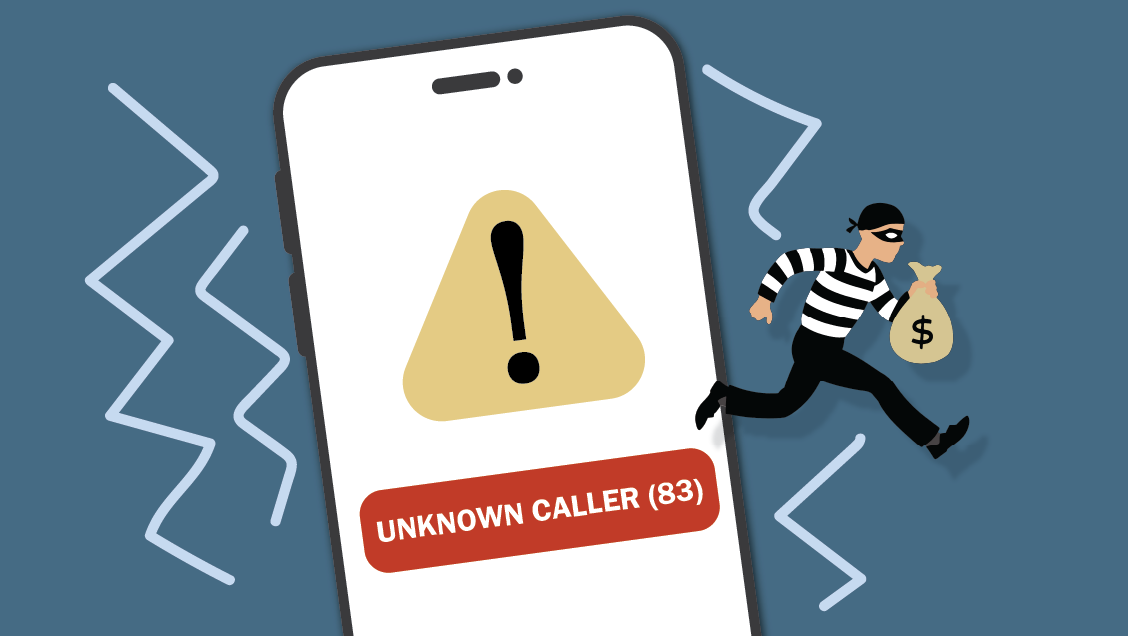The internet has made life easier in countless ways: shopping, banking, connecting with friends, and working from anywhere. But it’s also created opportunities for scammers. Online scams are becoming more sophisticated, trickier to spot, and more convincing than ever.
Even careful users can fall victim if they aren’t aware of how scams operate. The good news? With a little knowledge and caution, you can protect yourself without becoming paranoid.
Why Scams Are Getting Smarter
Scammers are constantly adapting to new technologies. They no longer rely on poorly written emails or obvious phishing attempts. Instead, they use:
- Personalized messages: Using information from social media or leaked data, scammers craft messages that feel genuine.
- Fake websites: Fraudsters create websites that look exactly like legitimate companies, complete with logos and fake customer reviews.
- Deepfakes and AI-generated content: Some scams now use AI to create realistic images or voice messages pretending to be someone you trust.
The sophistication of these tactics makes it easy to be tricked — even by people who are usually careful online.
Common Types of Scams Today
While scams evolve constantly, a few methods are particularly common:
- Phishing Emails and Messages: You receive a message that looks like it’s from a bank, social media platform, or delivery service. It asks you to click a link or enter login details.
- Fake Online Stores: Scammers set up shops with attractive prices for popular products but never deliver the goods.
- Tech Support Scams: You’re told there’s a problem with your computer or account and pressured to give remote access or pay for a “fix.”
- Investment or Crypto Scams: Fraudulent schemes promise high returns on investments or cryptocurrencies, often using fake endorsements.
- Social Media and Dating Scams: Scammers build trust over time before asking for money or sensitive information.
How to Spot a Scam
Scams often share some warning signs:
- Urgency and Pressure: Messages that demand immediate action are almost always suspicious.
- Too Good to Be True: Offers that seem unbelievably generous usually are.
- Unusual Requests: Asking for payment via gift cards, cryptocurrency, or wire transfer is a red flag.
- Poor Grammar or Odd URLs: Scammers often make small mistakes that reveal the fake nature of their content.
- Requests for Personal Information: Legitimate companies rarely ask for sensitive information like passwords or OTPs via email or chat.
Even if something looks convincing, it’s worth pausing and double-checking.
Steps to Stay Safe Online
Being safe online doesn’t mean avoiding the internet—it means being vigilant and using tools wisely.
- Verify the Source: Always check URLs, sender addresses, and official channels before clicking links.
- Enable Two-Factor Authentication (2FA): Adds an extra layer of security to accounts, making it harder for scammers to access them.
- Keep Software Updated: Regular updates fix security vulnerabilities in your devices and apps.
- Use Strong, Unique Passwords: Avoid using the same password across multiple accounts. Password managers can help.
- Educate Yourself: Awareness is the best defense. Learn about current scam tactics and share tips with friends and family.
What to Do if You Encounter a Scam
If you think you’ve received a scam message or email:
- Don’t Click Links or Download Attachments.
- Report It: Most email providers, social media platforms, and banks have reporting tools.
- Change Passwords: If you entered login details on a suspicious site, change passwords immediately.
- Monitor Accounts: Keep an eye on bank accounts, credit cards, and online accounts for unusual activity.
Acting quickly can prevent bigger problems.
The Role of Technology in Fighting Scams
Technology isn’t just helping scammers—it’s also helping protect users.
- AI-powered filters: Detect and block phishing emails or spam messages.
- Browser warnings: Modern browsers flag suspicious websites.
- Fraud detection systems: Banks and payment apps monitor unusual activity and alert users.
Still, no technology can replace vigilance. Being informed and cautious is the best defense.
Final Thoughts
Online scams aren’t going away—they’re just getting smarter. But awareness, skepticism, and good digital habits can make you much harder to trick.
By verifying sources, protecting your accounts, and understanding common tactics, you can safely enjoy the convenience of the internet without falling prey to fraud.
The internet isn’t dangerous — ignoring the risks is. Staying cautious and informed is the simplest way to keep your money, data, and peace of mind secure.
